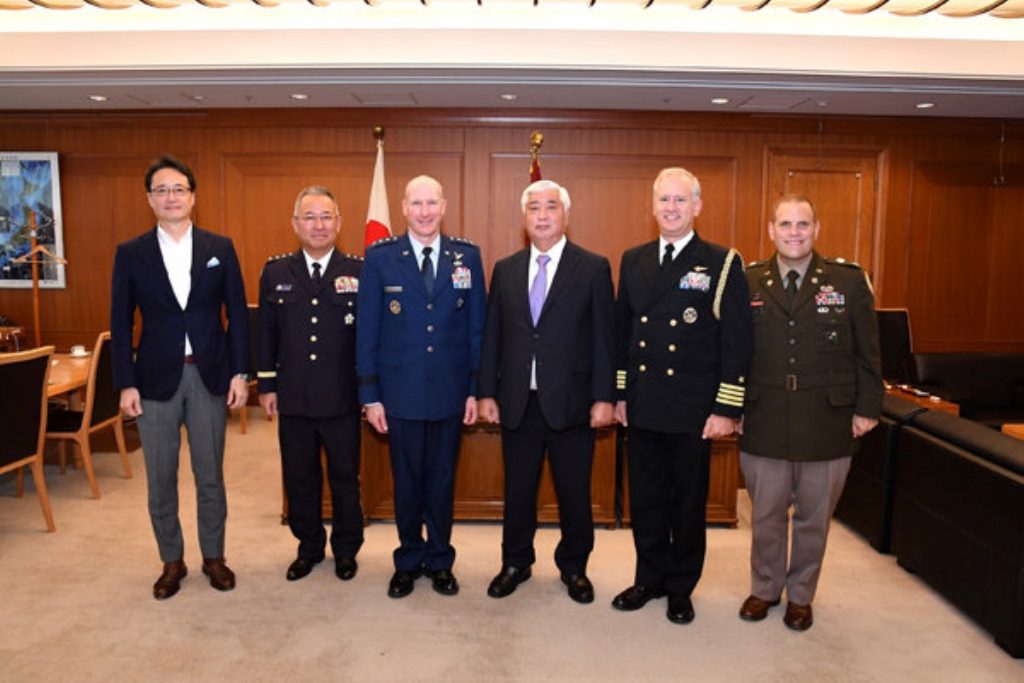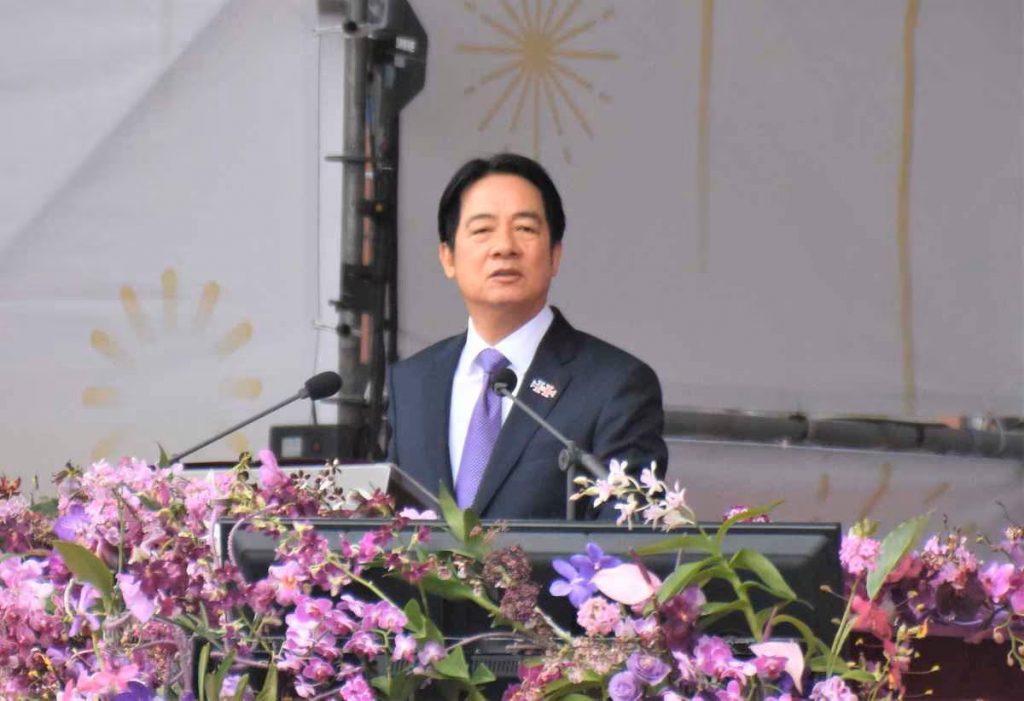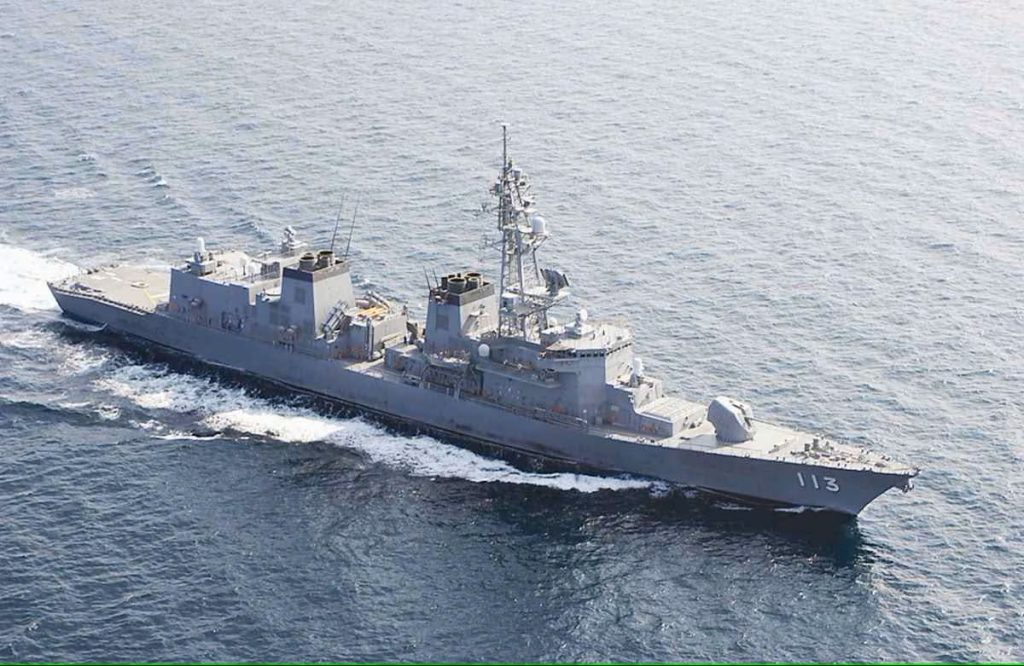The Defense Minister of Japan, Gen Nakatani invited two of America’s most senior soldiers to a meeting in Tokyo in mid October as China escalated its war games near Taiwan.
The People’s Liberation Army (PLA) was simulating an assault on the island. Xi Jinping himself cheered them on from a coastal base just across the Taiwan Strait.
Taiwan is particularly close to Japan’s southernmost islands in Okinawa PrefectureThere was therefore a serious risk that missiles fired from Chinese ships during the drill could have landed in Japan’s territorial waters.
The exercise was dubbed by Chinese state media as Joint Sword 2024BIt focused on encircling the island and practicing for a full-scale attack. Meanwhile, the Chinese military indicated it was prepared for combat. One goal was to blockade Taiwan’s key ports.
United Response
In response, the Japanese and American governments sent a united message to China. It included the reminder that an enormous and well-equipped military ― underpinned by a solid alliance ― stands prepared to uphold the freedom of the Indo-Pacific.
Furthermore, the Strait of Taiwan is international territory. It is an essential channel for global trade. America’s navy sails through the Strait several times a year. This shows that China cannot expect unchallenged dominance in the area.
Japan’s navy conducted a transit exercise through the Taiwan Strait for the first time in September.
Meanwhile, China has increased the number of navy transits through the Yonaguni channel between Taiwan and Japan.
Prime Minister Shigeru Ishiba is aware of the implications of a conflict. It would inevitably lead to the first ever battlefield action by Japan’s Self-Defense Force (JSDF). This would have huge economic implications for Japan and risk causing a global economic recession.

Strategy Meeting
China’s actions in the region were at the top of the agenda when two very senior figures from America paid a call on Defense Minister Nakatani in Tokyo.
One was the Chief of Staff of the United States Air Force, General David W AllvinThe other was the recently appointed Commander of US Forces in Japan, Lieutenant General Stephen F. Jost.
General Hiroaki Uchikura, Chief of Staff of the Air Division of the Japanese Air Self-Defense Forces, also participated.
In remarks to the press, the men noted the deepening level of cooperation between the JSDF and the US military. They agreed to strengthen the deterrence and response capabilities of their alliance.
It is apparent that they intend to warn China off from blockading or invading Taiwan. China’s moves in that direction would cause immense trouble in the region.


Xi Jinping’s Orders
The ultimate decision on whether to launch an attack on Taiwan rests with Xi Jinping.
Indeed, the latest round of war games were conducted on his personal orders. They were the second large-scale exercise of 2024. He traveled to the southeastern province of Fujian and spoke there with generals overseeing the drills.
Xi also gave a speech in which he said it is a matter of urgency to build a strong military which “adheres to the basic tenets of Marxism.”
In Xi’s view, a “new global military revolution” drives the determination of the Chinese people.


Xi versus Lai
Xi’s nemesis is Taiwan’s leader, President Lai Ching-te. Lai was elected in a democratic process in January and ascended to the presidency in May.
China regards him as a troublemaker and a separatist. Crude attempts to smear him on social media have shown him caricatured with devil-like pointed ears.
President Lai sticks to the same line as his predecessor, Tsai Ing-Wen. She often said that there is no need for Taiwan to declare independence because it is an autonomous state with its own political system, which is quite separate to that of mainland China .
Last week, President Lai gave a strident speech in which he asserted that people in Taiwan would not accept the idea of being controlled by the Chinese Community Party.
His government condemned the drills by the PLA but sought to avoid escalation or direct clashes. Nevertheless, Taiwan has a large army which stands ready to defend the island. Many of its weapons are funded by the United States, where there is bipartisan support for increased arms sales.
China Coast Guard Menace
Alongside large-scale drills by the People’s Liberation Army-Navy, the China Coast Guard keeps up a menacing presence near Taiwan.
Its vessels have started operating extremely close to Taiwan’s coast. They often patrol for days at a time, according to Taiwan’s naval commander, Admiral Tang Hua.
In an interview with The Economist, Admiral Tang warned that Chinese forces are “slowly, but surely” increasing their presence around his country.
“They are ready to blockade Taiwan at any time they want,” he said.
To the north of Taiwan, China Coast Guard ships also harass Japan. They intrude almost daily into the waters around the Senkaku Islands of Ishigaki City in Okinawa Prefecture.
Prime Minister Ishiba said this week that Japan will “prepare for any development.”


Political Priority
The situation in East Asia is being watched closely in Washington, as the presidential election looms.
Democratic Congressman Raja Krishnamoorthi is a member of the influential House Select Committee on the Chinese Communist Party. He says that when it comes to setting China policy, deterring conflict in the South China Sea and Taiwan should be the number one priority for the next US president.
Congressman Krishnamoorthi claims that Xi Jinping does not grasp “the depths of people’s anger” in the United States towards the Chinese Communist Party.
Xi’s appearance in Fujian this week will inevitably provoke further strong emotion. He was presented as a powerful military commander, standing on what could become the front line of a major war.
This posture is especially concerning when it is considered alongside his militant speech about strengthening a Marxist army.
It provides a timely reminder that the status of Taiwan is crucial to the peace of the region.
RELATED:
Author: Duncan BartlettDiplomatic Correspondent
Mr Bartlett is the Diplomatic Correspondent for JAPAN Forward and a Research Associate at the SOAS China Institute. Read his other articles and essays.
Share this content:



